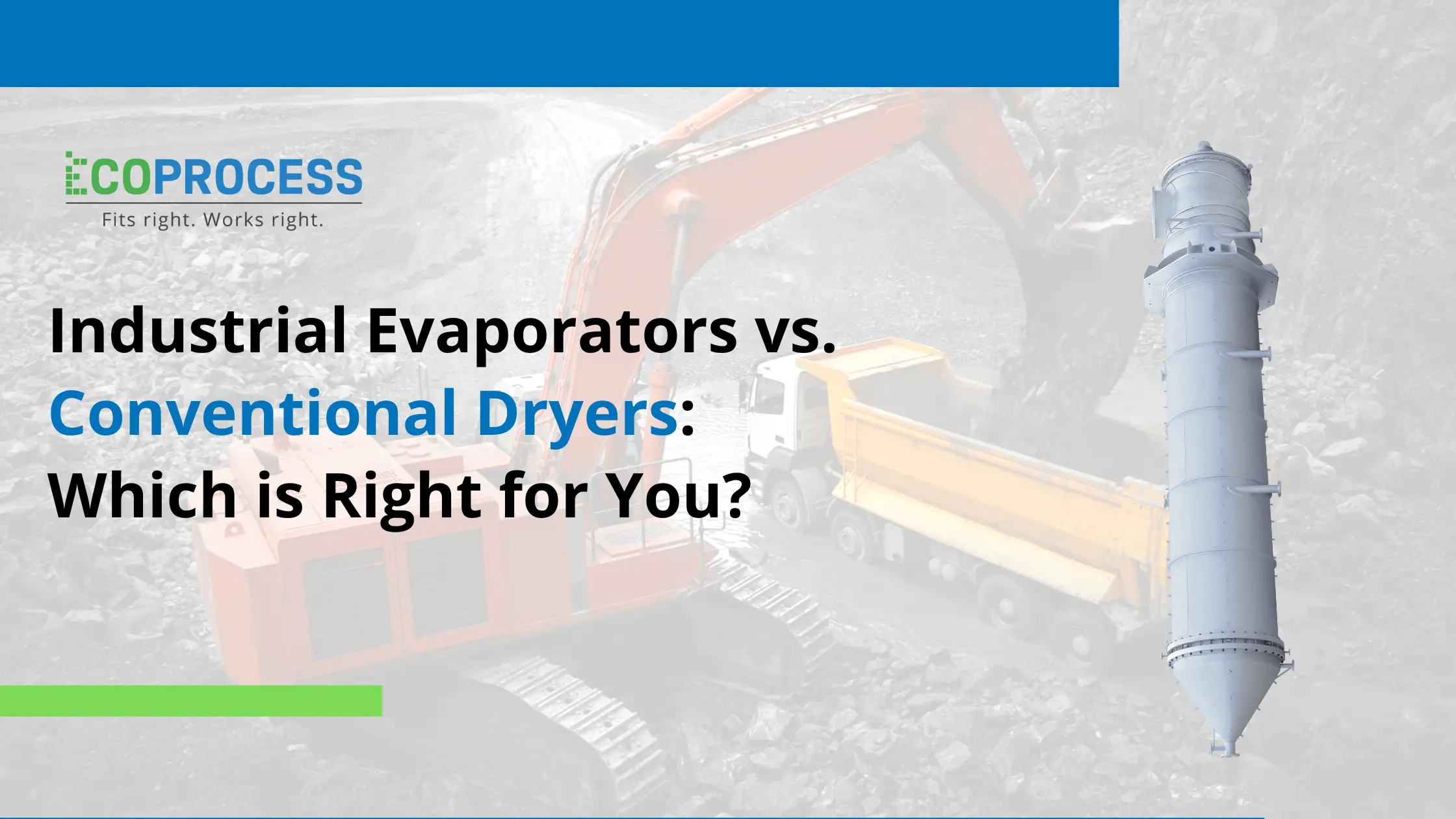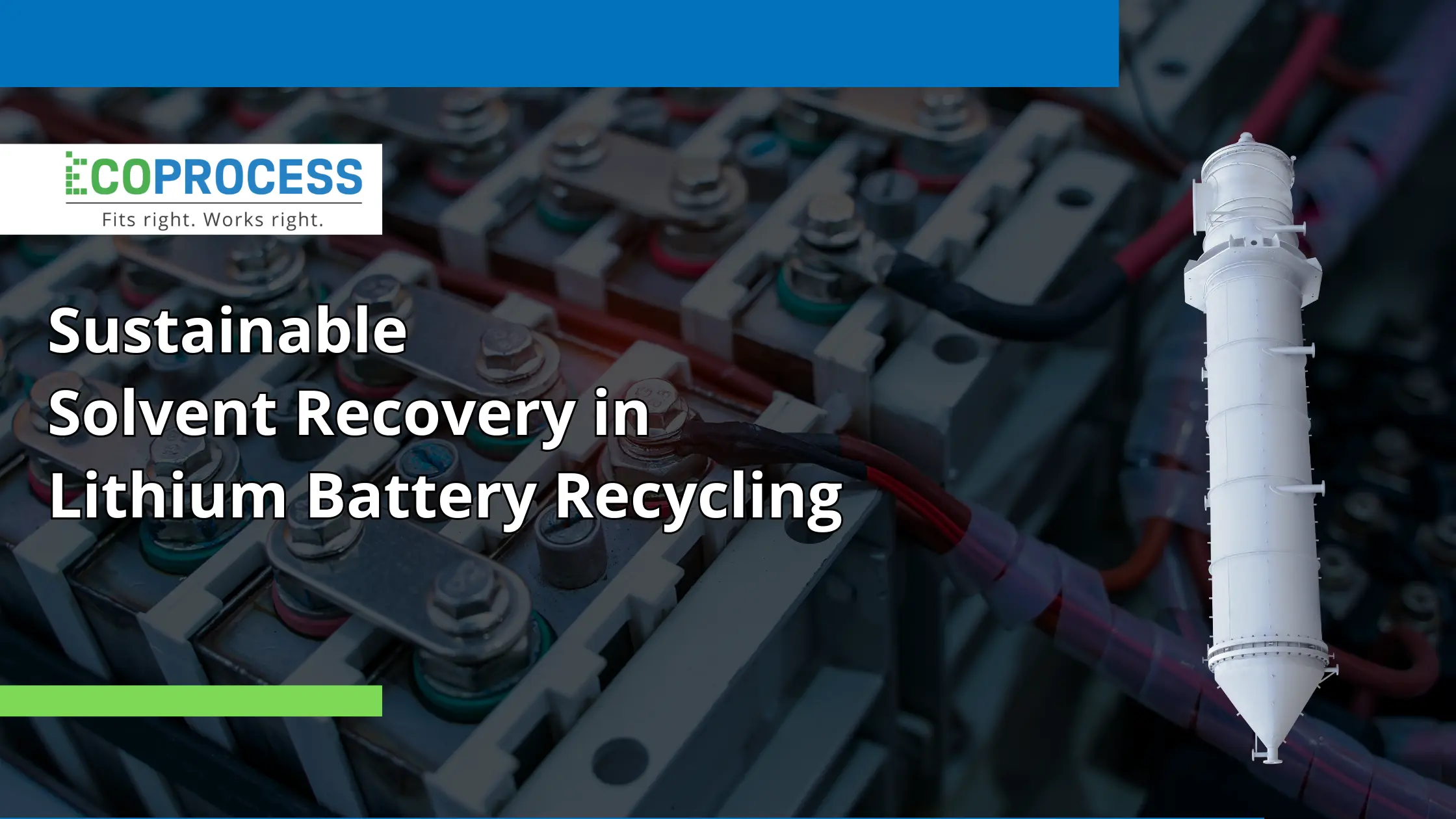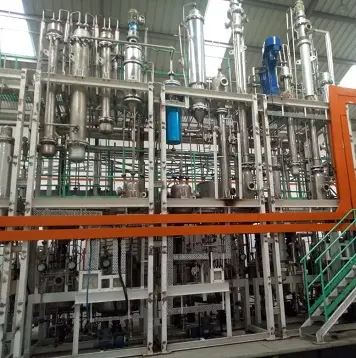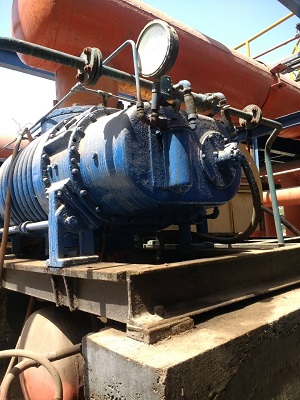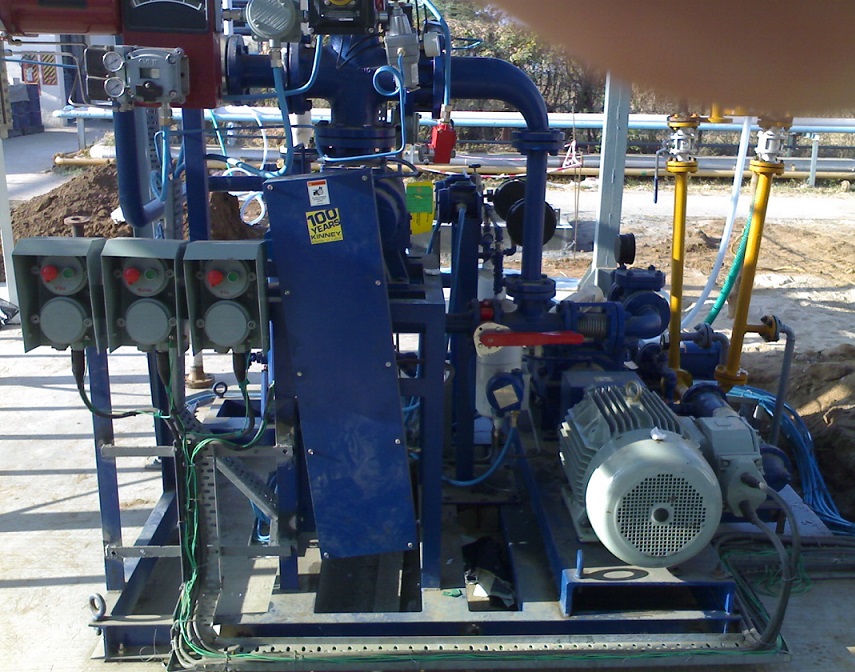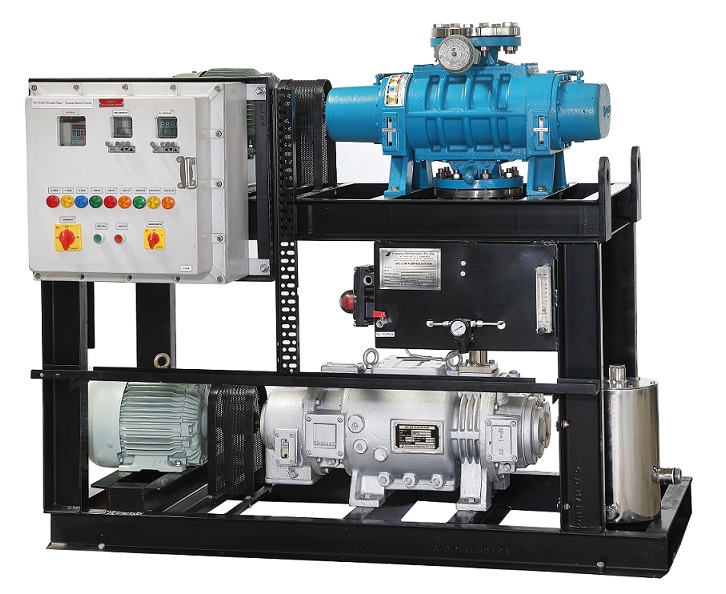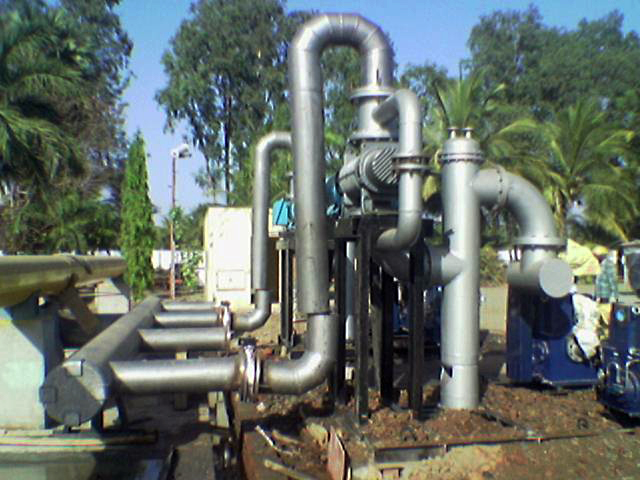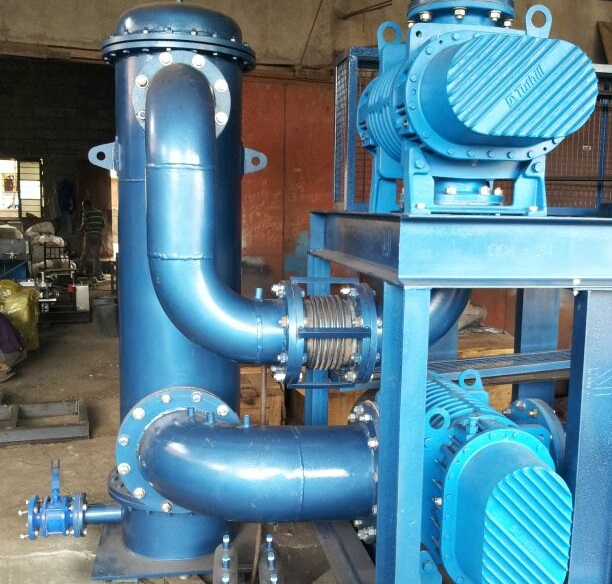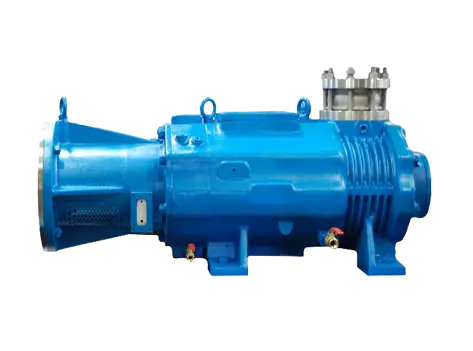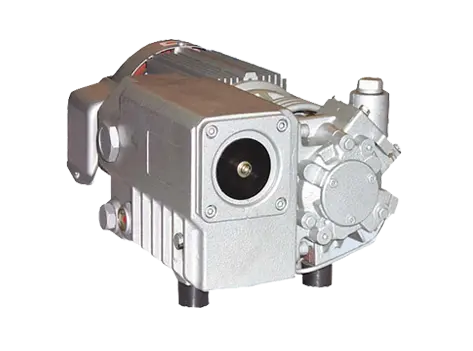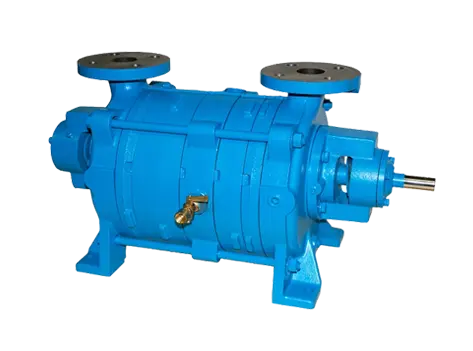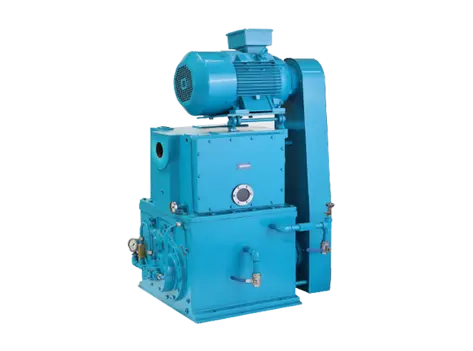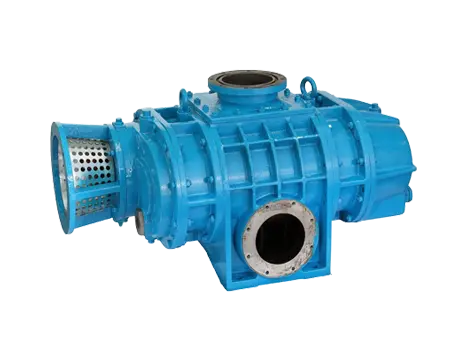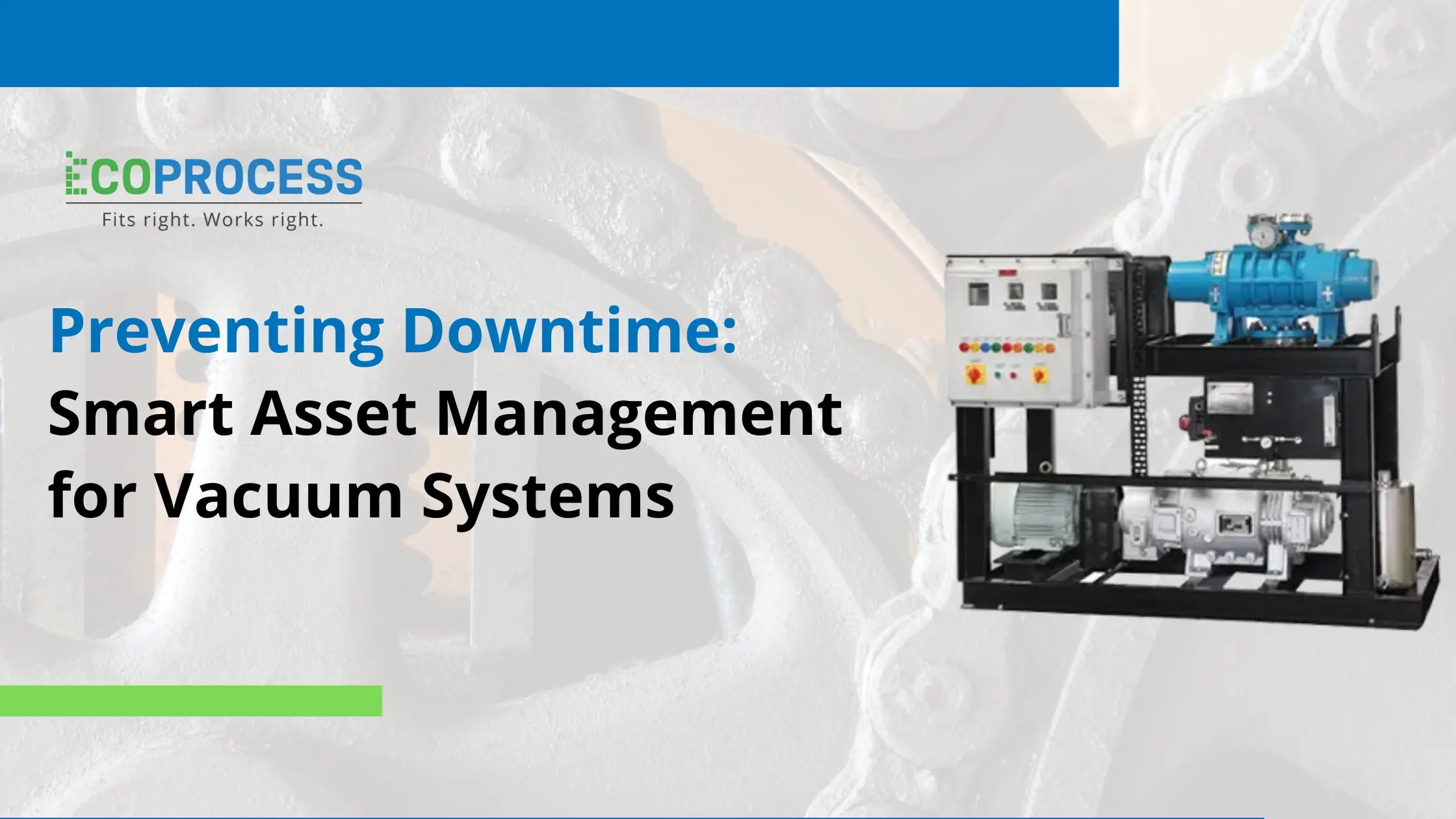
Preventing Downtime: Smart Asset Management for Vacuum Systems
Until they break down, vacuum systems typically receive little attention. They are vital to sectors like food processing, chemicals, semiconductors, and pharmaceuticals. When one fails, supplies are delayed, manufacturing halts, and expenses increase.
Conventional maintenance, such as planned repairs or responding to a malfunction, is no longer sufficient. Plants that operate around the clock cannot afford that kind of interruption.
IoT monitoring and predictive maintenance are becoming more popular as a result. More significantly, they assist businesses with avoiding the costs associated with downtime by maintaining the dependability of their systems.
Why Industrial Plant Downtime Is Expensive
A vacuum system's downtime is more than just a pump that isn't working. The consequences spread:
-
Production losses: Each stalling process reduces output.
-
Risks to quality: In industries like electronics and medicines, a single hoover failure can ruin whole batches.
-
Bills for urgent repairs: Rushing to procure labour and parts can sometimes lead to longer shutdowns and more costs.
-
Reputational harm: Deadlines that are missed diminish customer trust and competitiveness.Unplanned downtime can cost thousands of dollars each minute, according to some research. The fact that proactive asset management is a need rather than a "nice to have" is not an exaggeration.
IoT-Driven Monitoring for Vacuum Systems
IoT is driving the transition to smart asset management. Operators can now "see" what's going on inside vacuum systems thanks to the addition of sensors and connectivity:
Temperature, vibration, and pressure are all continuously monitored.
-
Automatic notifications when measurements deviate from the norm.
-
Integration with cloud platforms or plant dashboards.
-
Remote diagnostics that reduce the need for in-person examinations.
Teams receive early warnings so they may take action before a minor problem turns into an expensive shutdown, rather than waiting for anything to go wrong.
Predictive Maintenance Strategies
Condition monitoring is good. Predictive maintenance is better. Using analytics and machine learning, plants can forecast issues before they turn into failures. For vacuum systems, that might mean:
-
Vibration analysis to catch early bearing wear.
-
Temperature trends to spot motor or seal trouble.
-
Energy monitoring to identify inefficiencies and leaks.
-
AI models that learn from past failures to predict future ones.
The big advantage is precision. Maintenance can be scheduled when it’s actually needed, not too soon, not too late. That saves money and avoids breakdowns.
Case Studies & Best Practices
-
Pharmaceuticals: IoT sensors were added to a pharma manufacturer's vacuum distillation equipment. Downtime was reduced by 40% with early leak detection.
-
Semiconductors: A fab reduced energy consumption and increased pump life by six months by using predictive analytics.
-
Chemicals: Centralised monitoring for several hoover systems in a chemical plant enhances cooperation and reduces emergency responses.
Top Techniques to Begin With:
-
Before expanding, test the technology on a small number of systems.
-
Instead of just collecting data, teach employees how to understand it.
-
Connect hoover monitoring to the rest of your asset management system.
-
Collaborate with service providers or OEMs who currently offer IoT-enabled solutions.
Conclusion
Smart asset management isn’t optional anymore; it’s becoming the standard for plants that want to stay competitive. IoT-driven monitoring and predictive maintenance give vacuum systems longer life, fewer breakdowns, and lower costs.
Companies that invest now will not only cut downtime but also gain an edge in productivity and profitability.
FAQ
1. What usually causes vacuum system failures?
For instance, overheating, seal wear, clogged filters, bearing failures, or little leaks that go unnoticed until they become serious problems.
2. How might IoT enhance Hoover systems' intelligence?
You may take care of issues before they cause downtime by using real-time system health monitoring, alarms, and data feeding into predictive tools.
3. What tools are available to help detect early failures?
Artificial intelligence platforms, thermal imaging, vibration sensors, and pressure gauges that analyse data and spot dangers before they get out of hand.
4. Which industries make the most use of this technology?
Industries with continuous processes include the pharmaceutical, semiconductor, chemical, food, and energy sectors. For them, downtime is not only costly but also has the potential to lower product quality.
